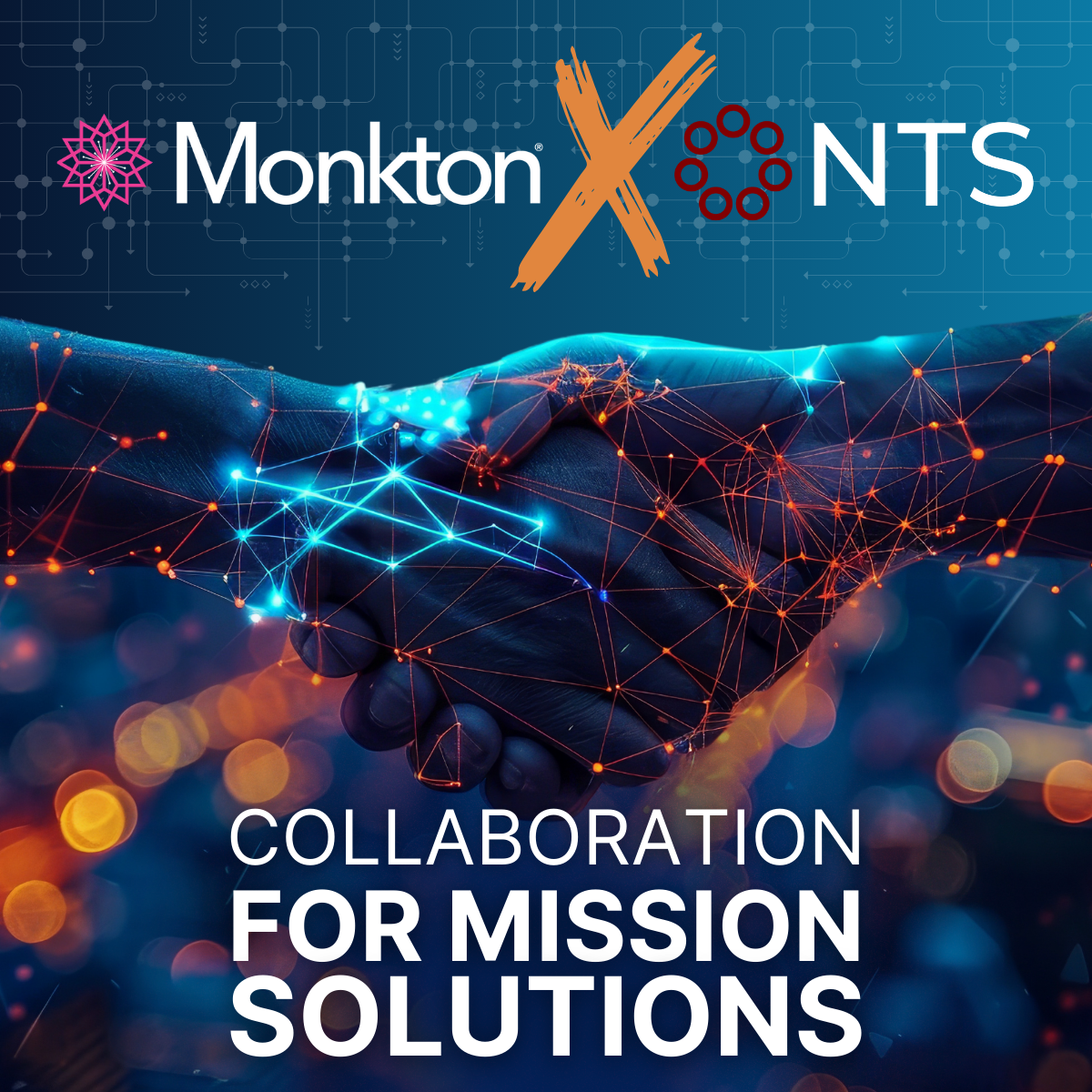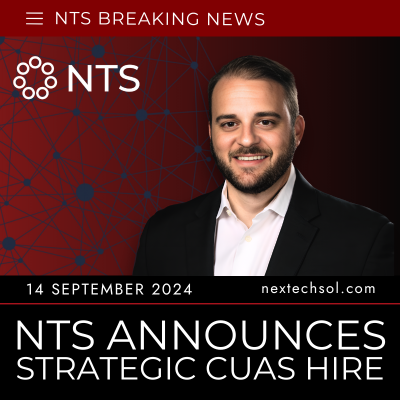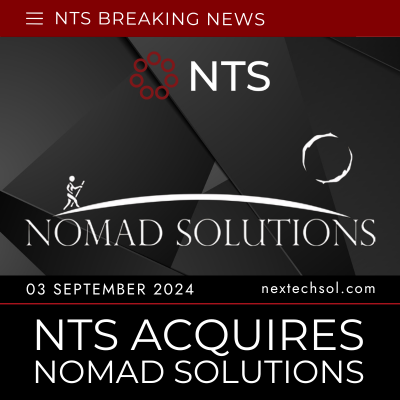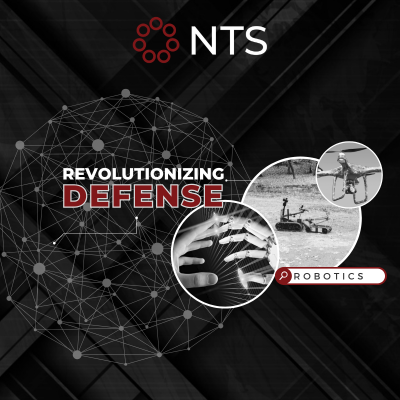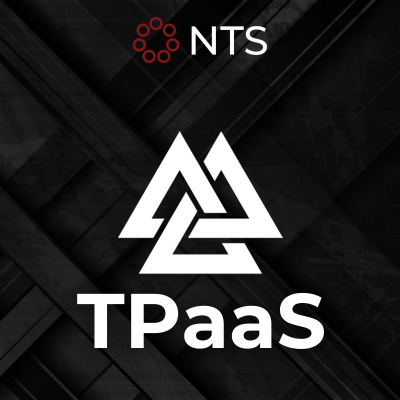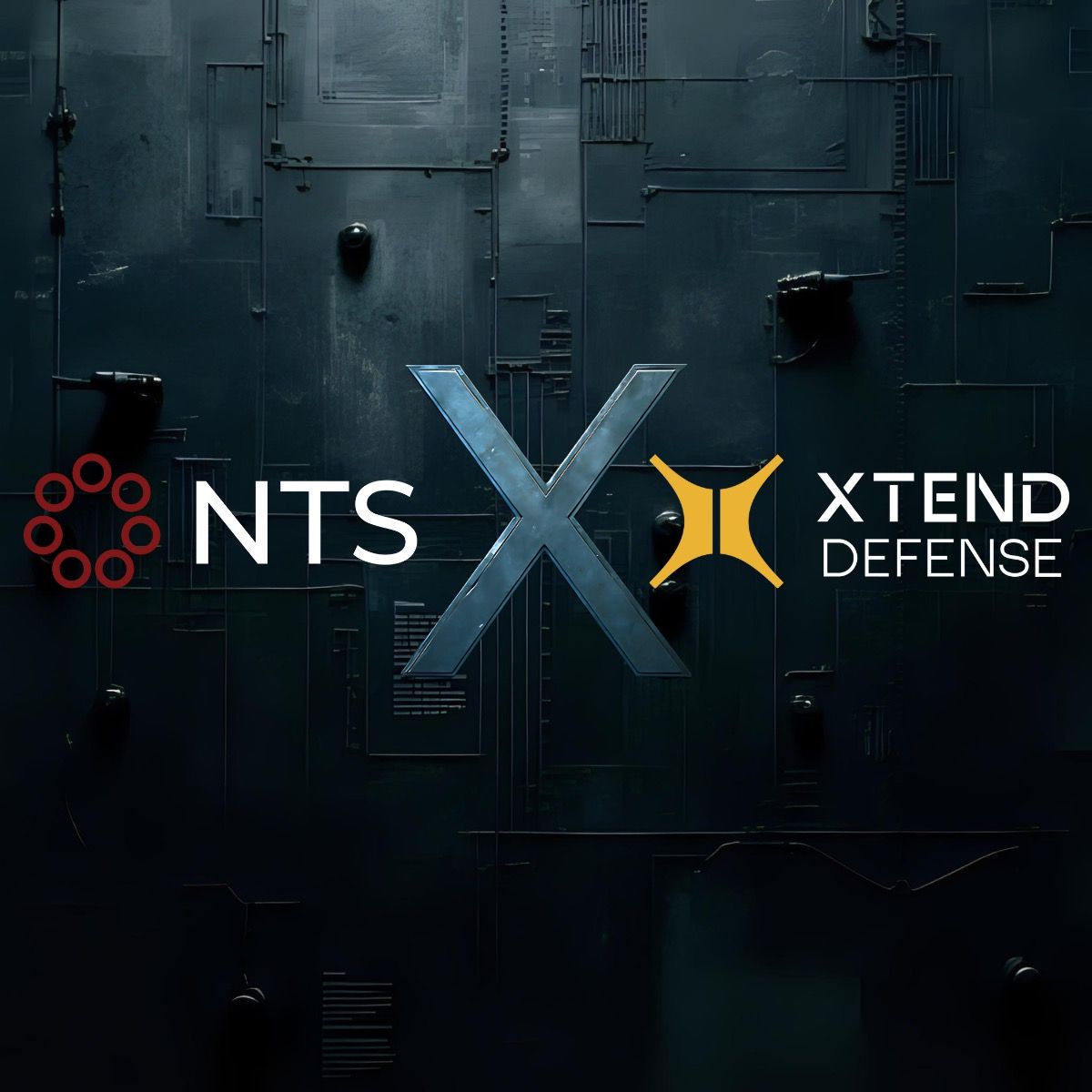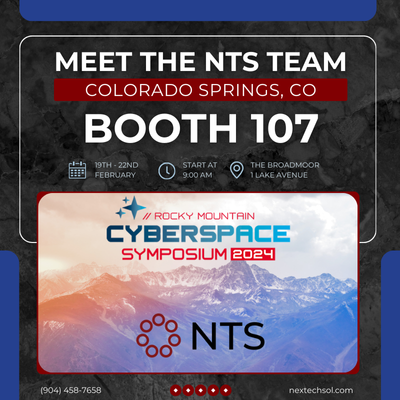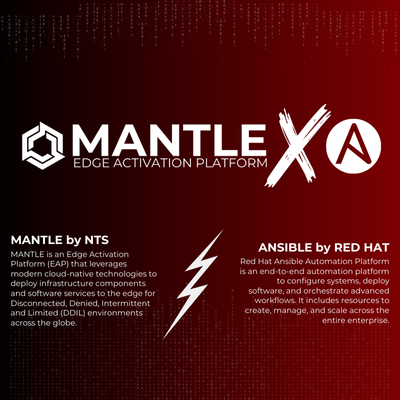Edge Computing: Improving Data Processing and Analysis
The Department of Defense (DoD) is constantly looking for ways to improve its data processing and analysis capabilities in remote locations. One way to achieve this is by utilizing edge computing technology.
WHAT IS EDGE COMPUTING?
Edge computing is a method of processing data at or near the source of data collection, rather than sending it to a centralized location for processing. This approach can provide numerous benefits for the DoD, including improved performance, increased security, and reduced costs.
Edge computing is becoming increasingly important for the DoD as more and more data is being generated and collected from remote locations. This data includes surveillance footage, sensor readings, and other types of data that are crucial for decision-making and tactical operations. In the past, this data was often sent to centralized locations for processing and analysis, which can be slow and costly. With edge computing, data can be processed and analyzed at or near the source, reducing latency and increasing responsiveness.
WHAT ARE THE BENEFITS OF EDGE COMPUTING?
Data processing speed: One of the key benefits of using edge computing in the DoD is improved data processing and analysis capabilities in remote locations. This is particularly important for operations in austere environments, where connectivity is limited and power is scarce. With edge computing, data can be processed and analyzed on-site, rather than being sent to a centralized location. This can provide commanders with faster and more accurate information, which can be used to make crucial decisions in real time.
Keeping data secure and private: Edge computing can also increase the security and privacy of data. With data being processed and analyzed at or near the source, there is less need to transmit sensitive information over long distances. This reduces the risk of data breaches and cyber-attacks, which are a constant concern for the DoD.
Cutting cost without sacrificing efficiency: Another benefit of edge computing is that it can reduce costs and increase efficiency. By processing and analyzing data at or near the source, there is less need for expensive and complex centralized infrastructure. This can also reduce the need for costly and time-consuming data transfers.
CHALLENGES OF EDGE COMPUTING
While edge computing offers many benefits, there are also some challenges and limitations to consider. One of the main technical challenges is power and bandwidth limitations. Edge computing devices often require a significant amount of power, which can be a problem in remote locations. Additionally, edge computing devices may require high-bandwidth connectivity, which can be difficult to achieve in austere environments.
One of the most promising software to tackle these challenges is NexTech Solution’s key product, MANTLE.
MANTLE: SOLVING EDGE COMPUTING’S BIGGEST ISSUES
MANTLE is specifically designed for military and government use and it leverages the power of edge computing to provide real-time intelligence and decision-making capabilities in remote locations. Here are some of its additional benefits:
- MANTLE is a secure, low-power, and bandwidth-efficient solution that can be used to process and analyze large amounts of data in austere environments.
- MANTLE is also capable of integrating with a wide range of devices, making it a versatile solution for various use cases. With MANTLE, the DoD can achieve the benefits of edge computing while minimizing the risks and limitations.
THE BOTTOM LINE
MANTLE stands out for its security, low-power, and bandwidth-efficient design, making it suitable for use in austere environments where power and connectivity can be limited. It also integrates with a wide range of sensors and cameras, making it a versatile solution for various use cases.
At NexTech Solutions, we are committed to providing the DoD, military consumers, and civilians with the most advanced and secure technology solutions.
